10+ Years Experience
Specialist Horse Menages

Waxed horse riding surfaces offer versatility, easy maintenance, resistance to freezing, and consistent performance throughout the year. They require less irrigation during warmer weather.
On the other hand, non-waxed surfaces are lower in cost but require more regular maintenance, including frequent watering in dry climates.
Horse Menage Construction offers a range of both waxed and non-waxed surface options to suit different budgets, purposes, and regularity of use. Our reliable recommendations are tailored to specific circumstances and needs.
Waxed horse riding surfaces offer a range of unique characteristics that make them highly sought after by equestrians. These surfaces are known for their versatility, ease of maintenance, and resistance to freezing in cold weather.
The waxed coating provides a protective layer that helps prevent ice formation and ensures consistent performance year-round. This is particularly beneficial for riders who train or compete in regions with harsh winters, as it allows them to continue riding without interruption.
One of the key advantages of waxed surfaces is their durability. The wax coating not only protects the underlying materials but also helps maintain the integrity of the surface over time.
This means that even with regular use, the surface will remain resilient and capable of withstanding heavy horse traffic without significant wear and tear.
Furthermore, waxed surfaces require less irrigation during warmer spells, making them more environmentally friendly compared to non-waxed alternatives.
When it comes to resistance and durability, waxed horse riding surfaces stand out due to their ability to withstand various weather conditions and intensive use.
The wax coating creates a barrier that shields the surface from external factors such as rain, snow, and UV rays. This protection helps to prolong the lifespan of the surface and minimise damage caused by weathering.
In addition, the durability of waxed surfaces translates into minimal maintenance requirements. These surfaces are designed to be long-lasting and reliable, reducing the need for frequent repairs or replacements.
This can be particularly advantageous for professional equestrian facilities or busy riding arenas where downtime can be costly.
Moreover, the resistance offered by waxed surfaces extends beyond weather conditions to include resistance against abrasive behaviours such as turning or jumping.
The wax coating enhances traction and grip, allowing horses to manoeuvre smoothly while minimising the risk of slips or falls. This not only ensures the safety of both horse and rider but also contributes to optimal performance during training or competitions.
The performance of horse riding surfaces can vary significantly depending on the weather conditions. Waxed and non-waxed horse riding surfaces have distinct characteristics that influence their performance in different weathers.
During colder temperatures, waxed surfaces offer a notable advantage. They are versatile, easy to maintain, and resistant to freezing. This means they require less irrigation during warmer spells, making them a reliable option year-round. The wax coating also provides enhanced stability and consistency in footing, ensuring optimal traction for horses.
On the other hand, non-waxed surfaces offer a lower-cost alternative without compromising on quality or performance. While they may require more regular maintenance, including frequent watering in dry climates, non-waxed surfaces provide a suitable solution for those seeking affordability without sacrificing durability or functionality.
Remember that the choice between waxed and non-waxed surfaces depends on factors such as budget, purpose, and regularity of use.
Non-waxed horse riding surfaces have their own unique set of characteristics that make them suitable for a range of equestrian disciplines and environments. These surfaces are typically lower in cost compared to their waxed counterparts but still provide consistent quality and performance.
Our non-waxed surface is designed to meet the demands of professional riders while maintaining affordability. With its carefully chosen combination of materials, it ensures reliable traction and cushioning for both horse and rider, allowing for precise movements in various activities such as jumping, dressage, or pleasure riding.
While non-waxed surfaces may require more regular maintenance and careful watering in dry climates to maintain their optimal condition, they offer a cost-effective solution that meets the rigorous demands of equestrian sports without compromising on quality.
We understand the importance of providing reliable recommendations based on specific circumstances and needs, ensuring riders can enjoy a high-performance surface within their budget.
When it comes to choosing between waxed and non-waxed horse riding surfaces, cost and maintenance play a significant role in the decision-making process.
Waxed surfaces, while offering superior performance and durability, generally come at a higher initial cost compared to non-waxed surfaces. However, it’s important to consider long-term maintenance expenses as well.
Non-waxed surfaces may require more frequent upkeep, including regular watering in dry climates, which can add up over time. On the other hand, waxed surfaces are known for their versatility and resistance to freezing in cold weather, requiring less irrigation during warmer spells.
Additionally, waxed surfaces are easier to maintain due to their smooth and sealed nature, making them less susceptible to dust and debris build-up. Ultimately, the choice between waxed and non-waxed surfaces depends on factors such as budget, purpose, and regularity of use.
Another crucial aspect to consider when comparing waxed and non-waxed horse riding surfaces is their performance in various climates. Waxed surfaces offer consistent performance year-round, regardless of temperature fluctuations or extreme weather conditions.
Their wax-infused composition allows for better water drainage and prevents surface freeze-ups during winter months. This makes them an ideal choice for professional use where reliable performance is essential.
Non-waxed surfaces, while lower in cost initially, may require more attention in different climates. In dry areas or during hot spells, non-waxed surfaces may need frequent watering to maintain moisture levels and prevent excessive dust formation. However, with proper care and maintenance, they can still offer adequate performance without compromising on quality.
It’s important to note that both waxed and non-waxed horse riding surfaces have their advantages and considerations depending on the specific requirements of the equestrian facility or individual rider. We offer a range of options for both waxed and non-waxed surfaces, ensuring there is a suitable choice for every need.
When it comes to horse riding surfaces, the decision between waxed and non-waxed options is crucial. Let’s compare these two types to help you make an informed choice for your equestrian needs.
Waxed surfaces, as the name suggests, are treated with a protective wax coating that offers several advantages. These surfaces are versatile, easy to maintain, and resistant to freezing in cold weather.
They require less irrigation during warmer spells, making them a great option for all seasons. Additionally, waxed surfaces offer consistent performance year-round and are especially suitable for professional use where high performance is essential.
On the other hand, non-waxed surfaces come at a lower cost but require more regular maintenance. This includes frequent watering in dry climates. However, this does not mean they compromise on quality or performance. Non-waxed surfaces offer a more affordable alternative without sacrificing overall quality and suitability for different disciplines.
Professional riders and trainers often have specific requirements for their horse riding surfaces. They need reliable footing that can support high-performance training sessions and competitions. In this context, waxed surfaces excel due to their consistent performance and durability.
For professional equestrian events and training facilities, waxed surfaces can be an excellent choice. These tracks offer optimal shock absorption, stability, and grip to enhance the horse’s performance while minimising the risk of injury.
The superior performance of waxed surfaces makes them ideal for disciplines such as dressage, show jumping, and eventing where precision and control are paramount.
However, recreational riders may have different needs and budgets to consider. Non-waxed surfaces provide cost-effective options without compromising on quality. These surfaces offer good stability and durability, making them suitable for recreational riding, trail riding, or basic training.
It is essential to evaluate the specific circumstances and requirements of your equestrian activities. Consider factors such as budget, purpose, and regularity of use when deciding between waxed and non-waxed surfaces.
Choosing the right riding surface for your horses is a crucial decision that can greatly impact their comfort, performance, and overall well-being. There are several deciding factors to consider when making this choice, ensuring that you select the most suitable surface for your specific needs.
First and foremost, budget plays a significant role in the selection process. Waxed surfaces tend to be more expensive upfront due to the additional materials and maintenance involved. However, they offer numerous benefits such as versatility, easy maintenance, and resistance to freezing temperatures.
On the other hand, non-waxed surfaces are generally more affordable initially but may require more regular maintenance, including frequent watering in dry climates. It’s essential to weigh the long-term cost implications against your available budget.
Next, consider the purpose of the riding surface. Are you a professional rider or do you mainly ride for recreation? If you engage in competitive equestrian disciplines, where consistent performance is crucial, waxed surfaces might be the optimal choice.
They provide a stable footing year-round and are designed to withstand intense use. However, if your focus is more on casual riding or light training sessions, a non-waxed surface may be a cost-effective alternative without compromising on quality or performance.
Another factor to consider is climate and weather conditions. Waxed surfaces are known for their ability to resist freezing in cold weather and require less irrigation during warmer spells.
This makes them ideal for regions with extreme temperature variations. Conversely, non-waxed surfaces may require more attention during periods of drought or high temperatures when regular watering becomes necessary.
The regularity of use also plays a crucial role in selecting the appropriate riding surface. If your arena or track sees heavy daily use from multiple riders and horses, it’s essential to invest in a durable surface that can withstand continuous traffic without deteriorating quickly.
Waxed surfaces are designed for professional use and can handle high-intensity training sessions and competitions. However, if the surface will only be used occasionally or by a limited number of riders, a non-waxed surface may provide a cost-effective choice without sacrificing quality.
Lastly, it is beneficial to seek the guidance of trusted professionals in the field. With years of experience, we can offer a range of waxed and non-waxed surfaces suitable for different needs and disciplines.
Our team can provide reliable recommendations based on specific circumstances, ensuring that you make an informed decision. Consulting with experts who understand the intricacies of riding surfaces will help tailor your choice to meet your unique requirements.
Ultimately, the decision between waxed and non-waxed riding surfaces depends on factors such as budget, purpose, climate, and regularity of use. By carefully considering these deciding factors and seeking expert advice when needed, you can select the ideal riding surface that promotes the well-being and performance of your horses for years to come.
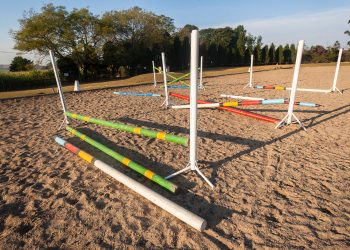
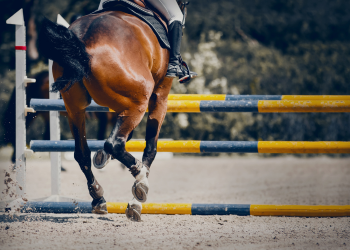
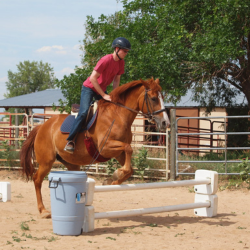
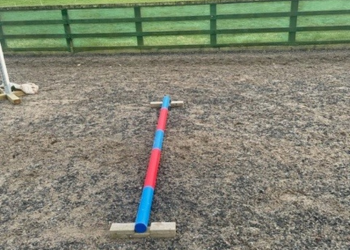
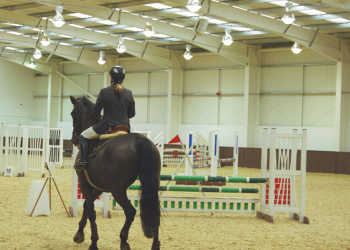

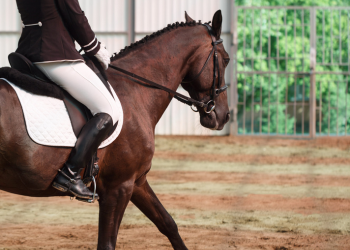


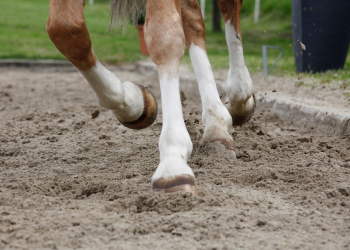
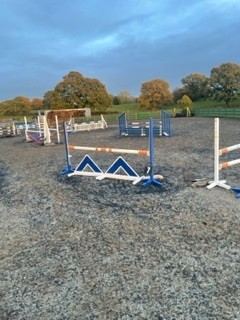
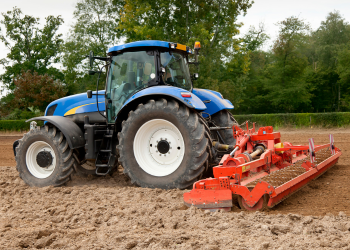

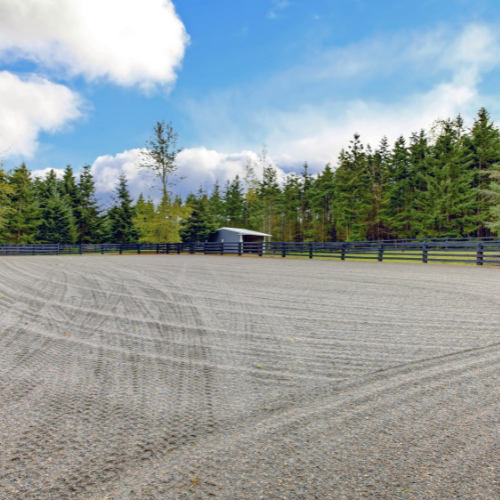

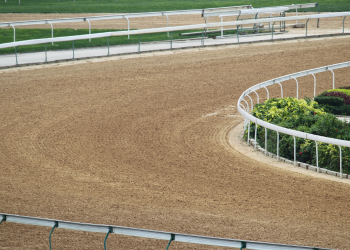

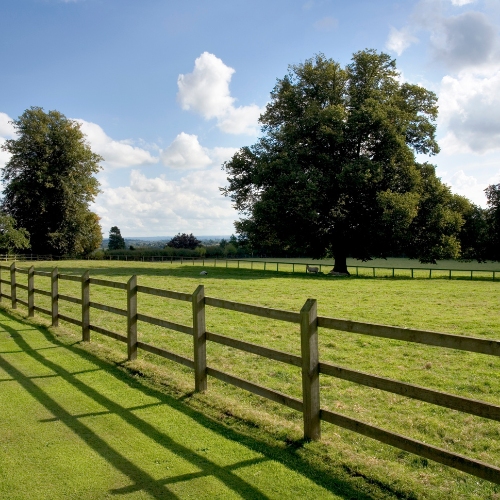
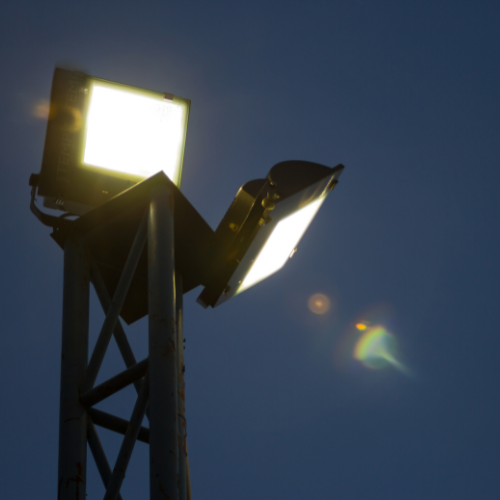
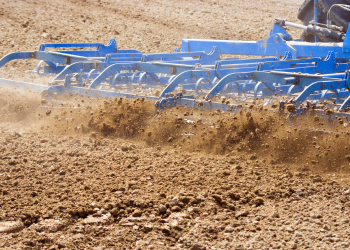
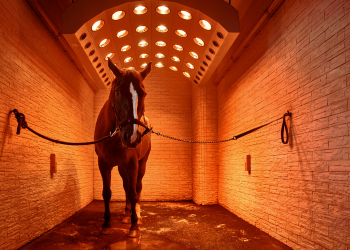

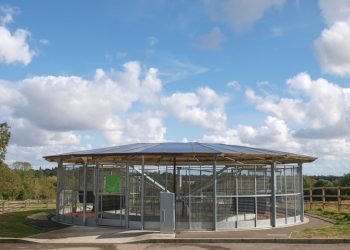
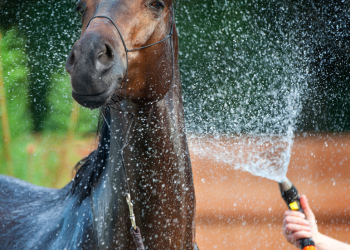
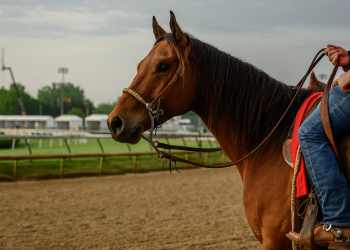
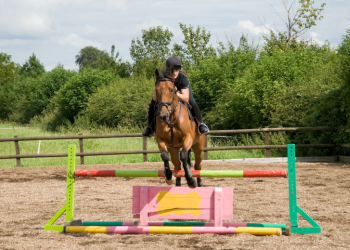
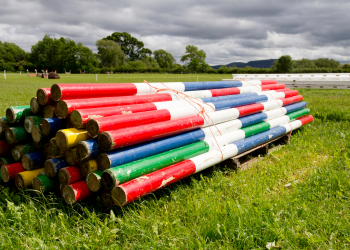

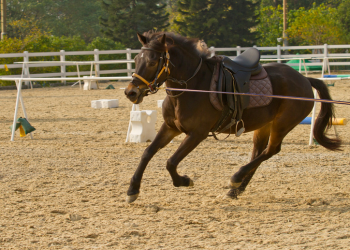
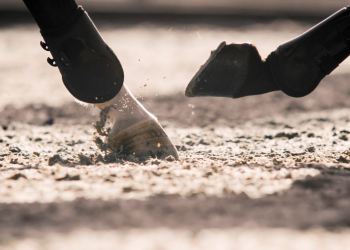
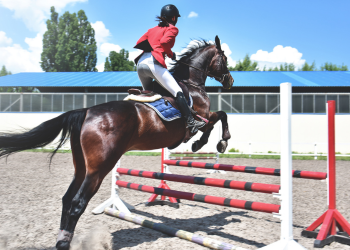
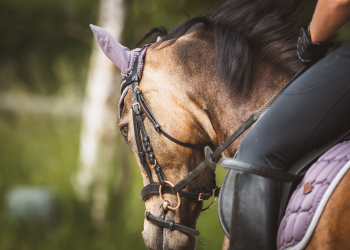
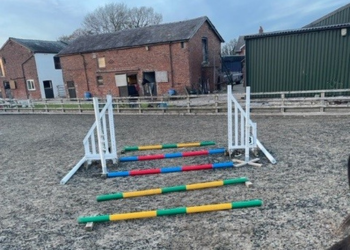

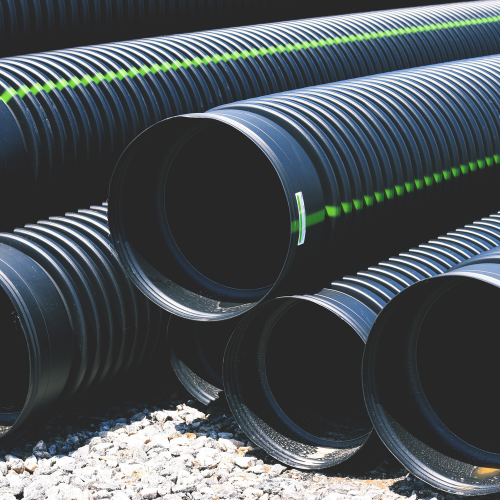
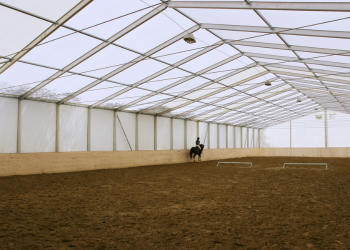
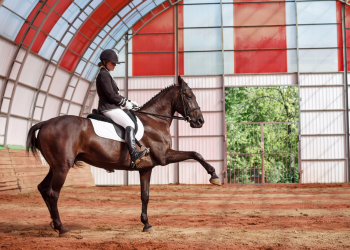
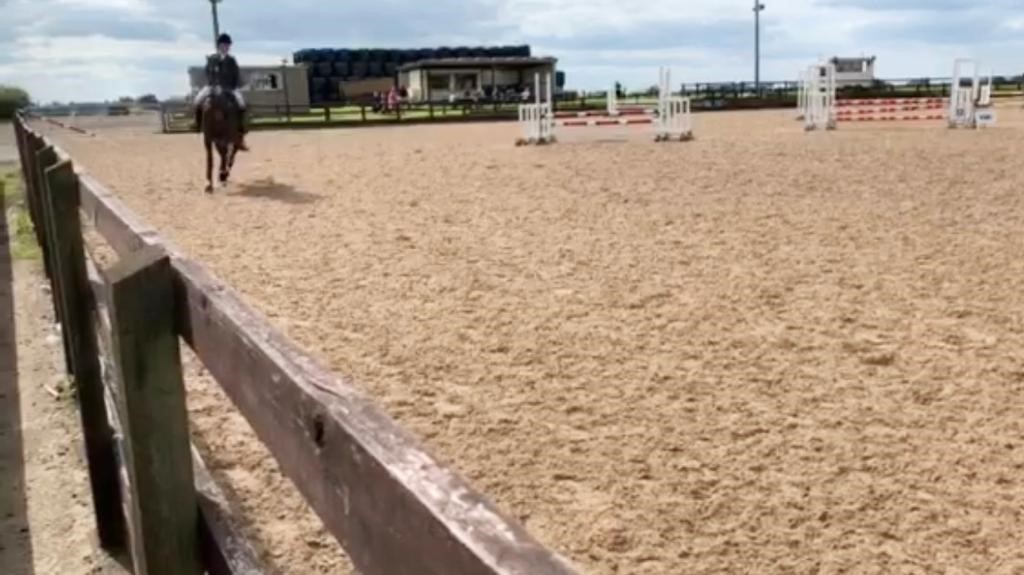

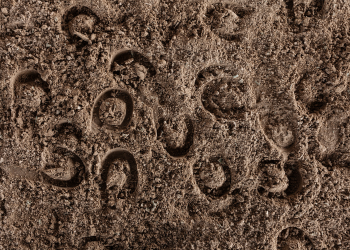

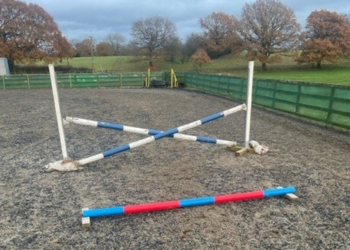

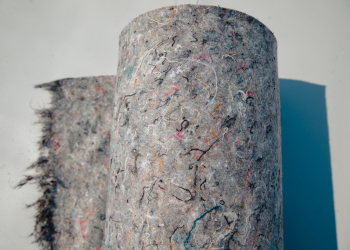
We Aim To Reply To All Enquiries With-in 24-Hours